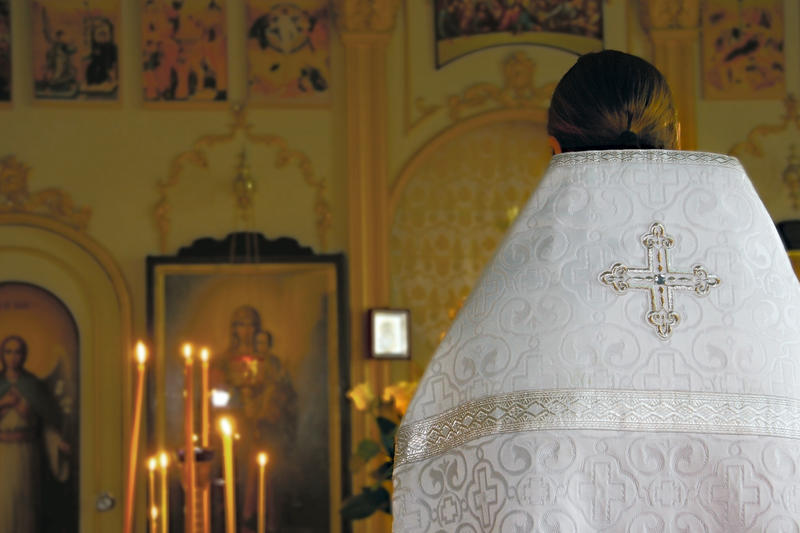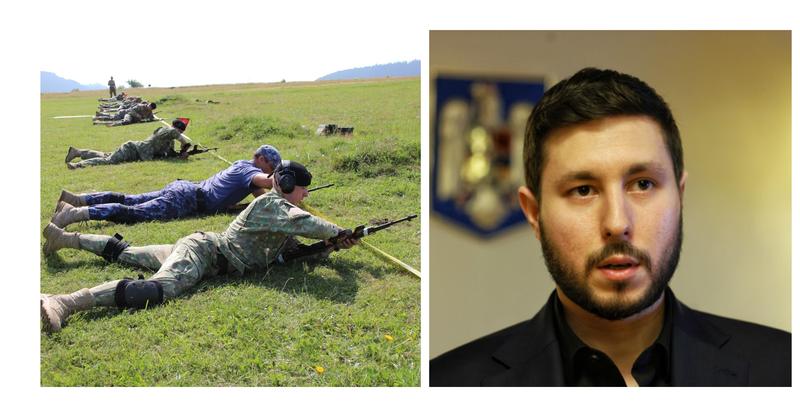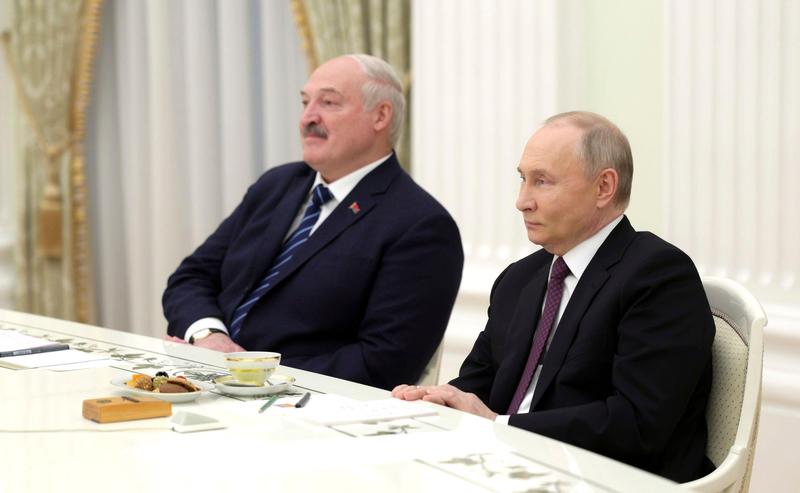At least 50,000 people are expected today in Constitutiei Square at the protest organized by unions as the Parliament will debate the motion of censure against the government’s decision to take responsibility for the new labor code. Find out why former Romanian Communist dictator rejected the Soviet nuclear technology. One newspaper puts forward the main reasons for which Romania’s press did not make a smooth transition to the online yet.
At least 50,000 people are expected today downtown Bucharest at a protest organized by unions against the government’s decision to take responsibility for the new labor code. In the same time, the Parliament debates the motion of censure against the government, Evenimentul Zilei reads. Members of five different confederations in Romania will protest today for six hours.
Police officials declared that traffic will be blocked downtown up to 11 PM today. Unions announced their determination to continue protests this month and even organize a general strike.
Romania libera reads that former Communist dictator Nicolae Ceausescu took a brave decision back in the 70s when it decided to reject the Soviet technology for nuclear plants in favor of the Canadian one. The solution, according to the newspaper was an inspired one because even though Ceausescu was obliged to choose the Soviet technology, the Canadian one was better.
The Communist regime at the time negotiated with Canadian experts that just recently, in 1962, developed their own reactor using a different method than the Soviet one. Ceausescu opted for the Canadian technology which is why in 1979 a contract was signed with the Atomic Energy of Canada for the CANDU system.
The Romanian Cernavoda plant can face quakes up to 8 degrees Richter scale as in Romania experts are not expecting quakes bigger than 7.5 degrees. Gandul quotes Ioana Avadani, executive director of the Center for Indepdnent Journalism putting forward some steps for the Romanian press to be able to make a smooth transition to the online.
In her opinion, the press in Romania does not make use of the multimedia and news sites have still a rudimentary shape not promoting citizen journalism in which citizens are invited to share information or images relevant to the community in which they live. Moreover, the Romanian media did not create virtual communities surrounding their products, communities formed on common interests rather than geographical proximity. Plus, the design is not modern, it still belongs to the 2000.




















